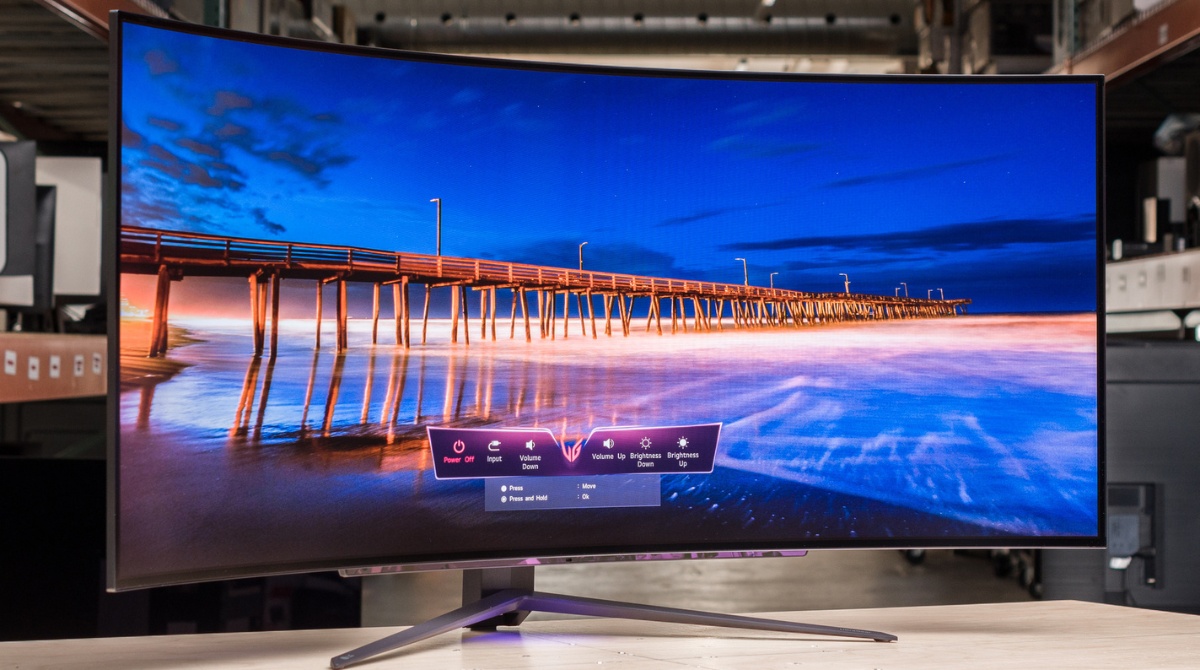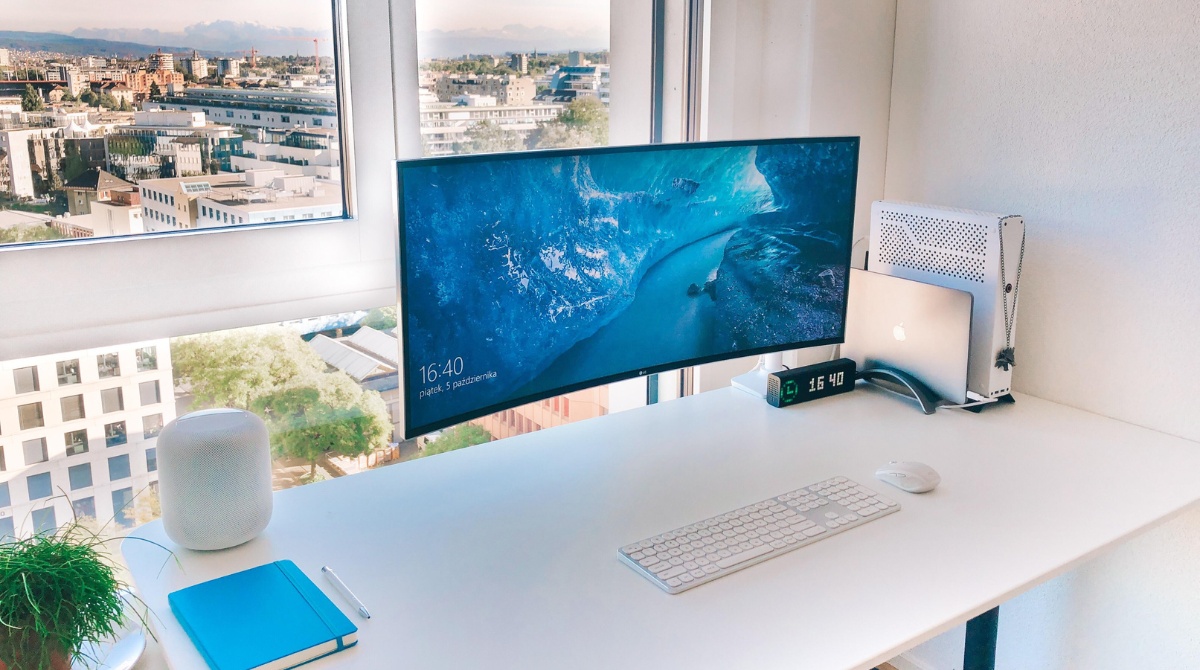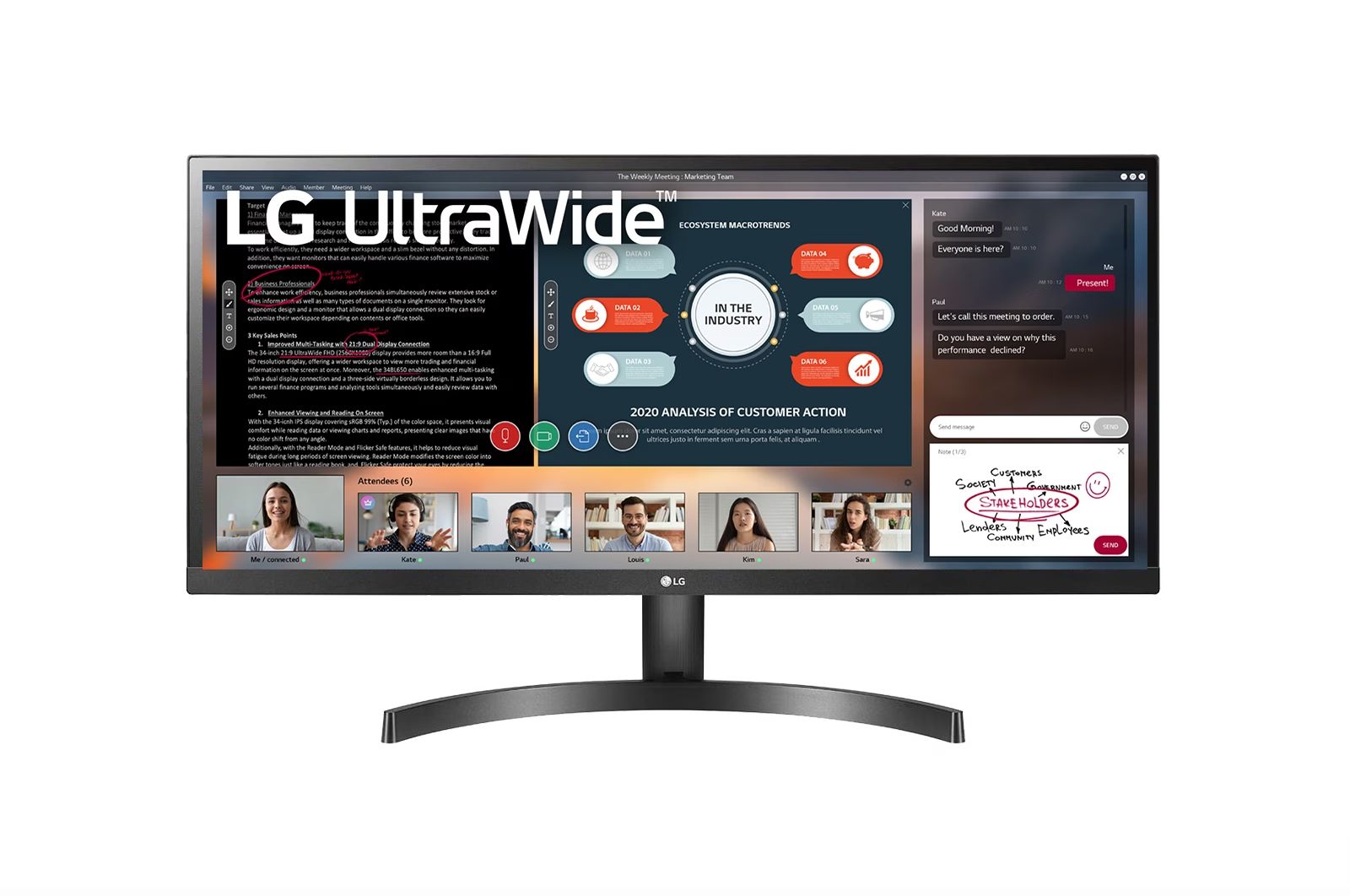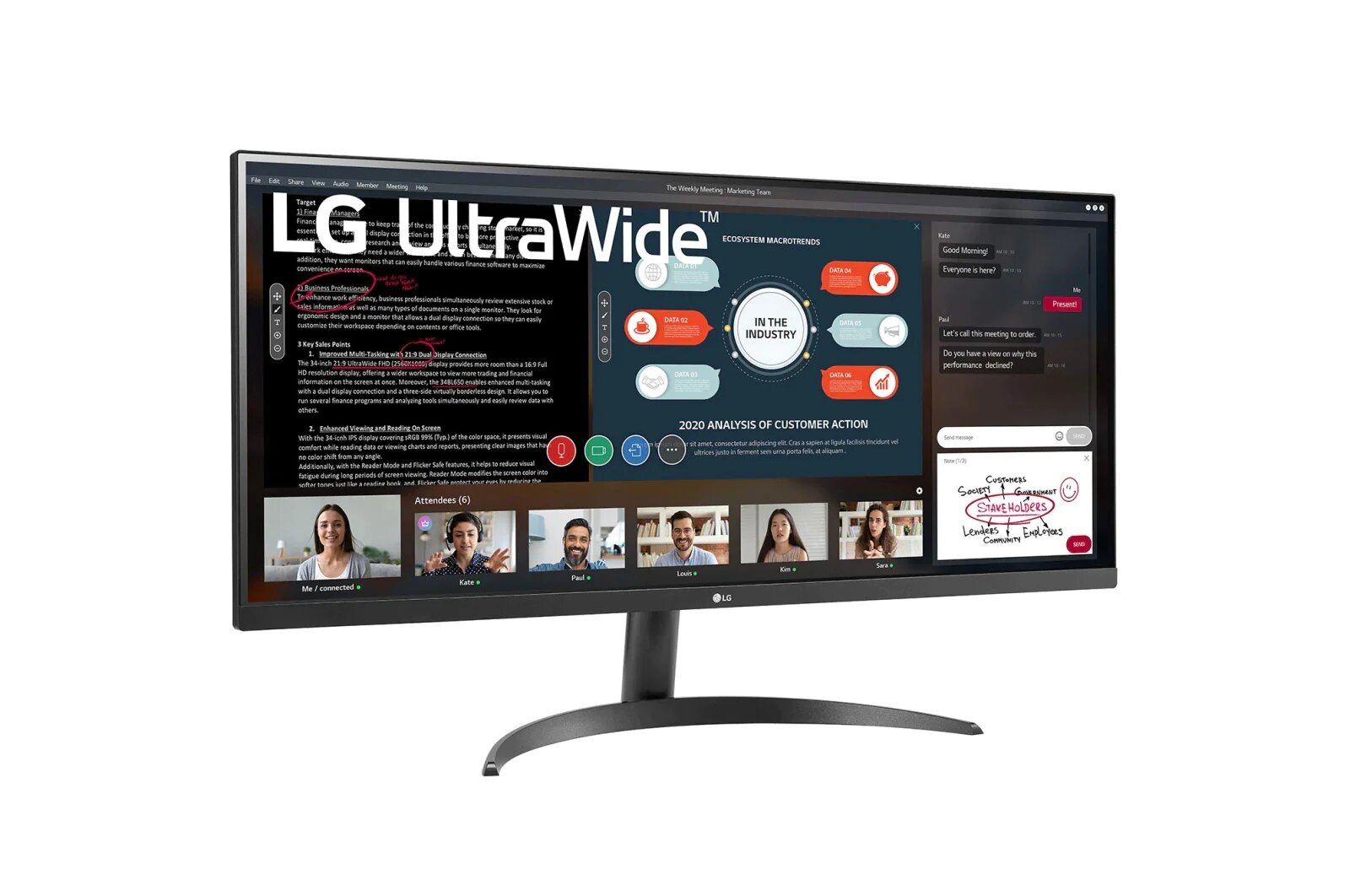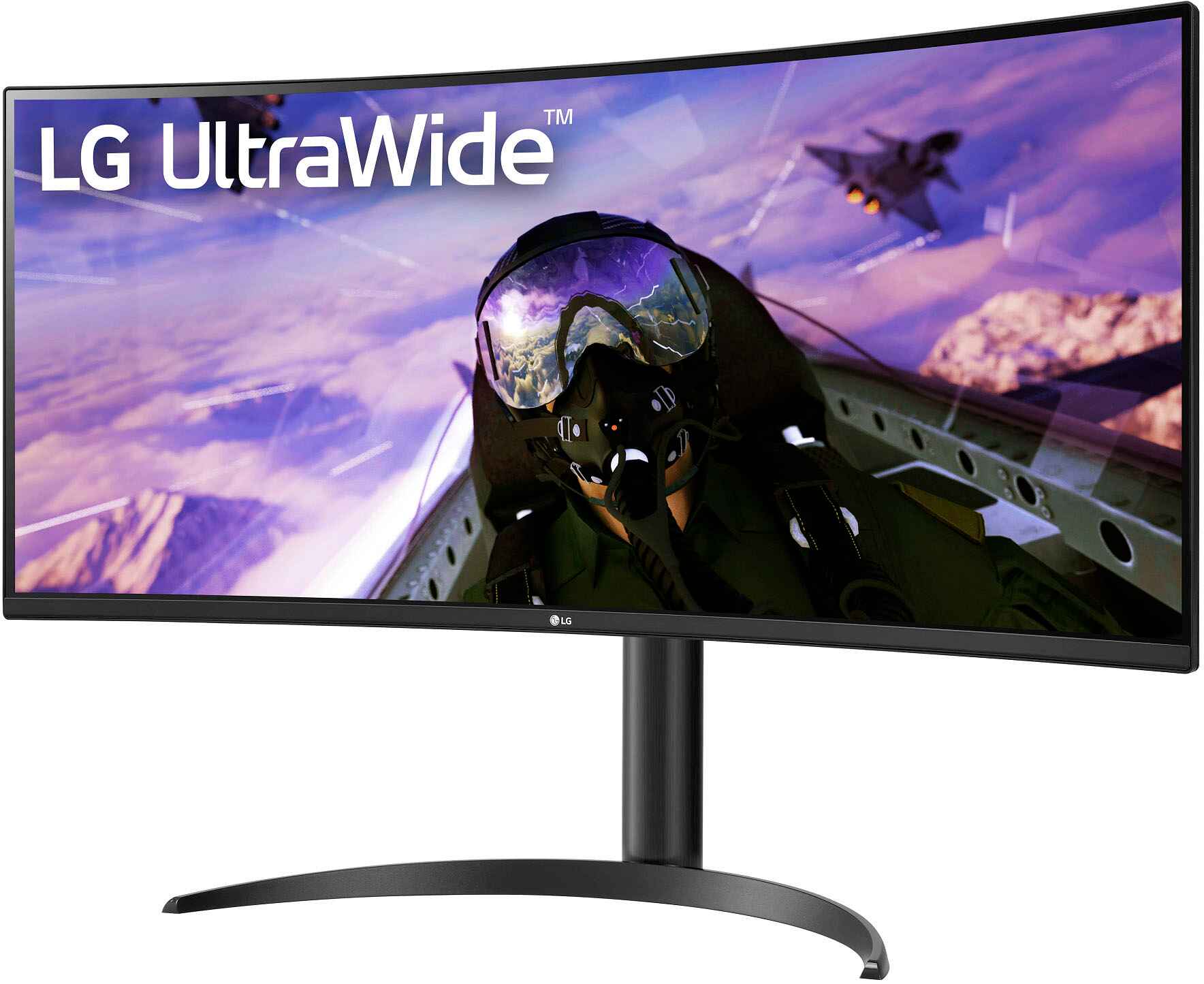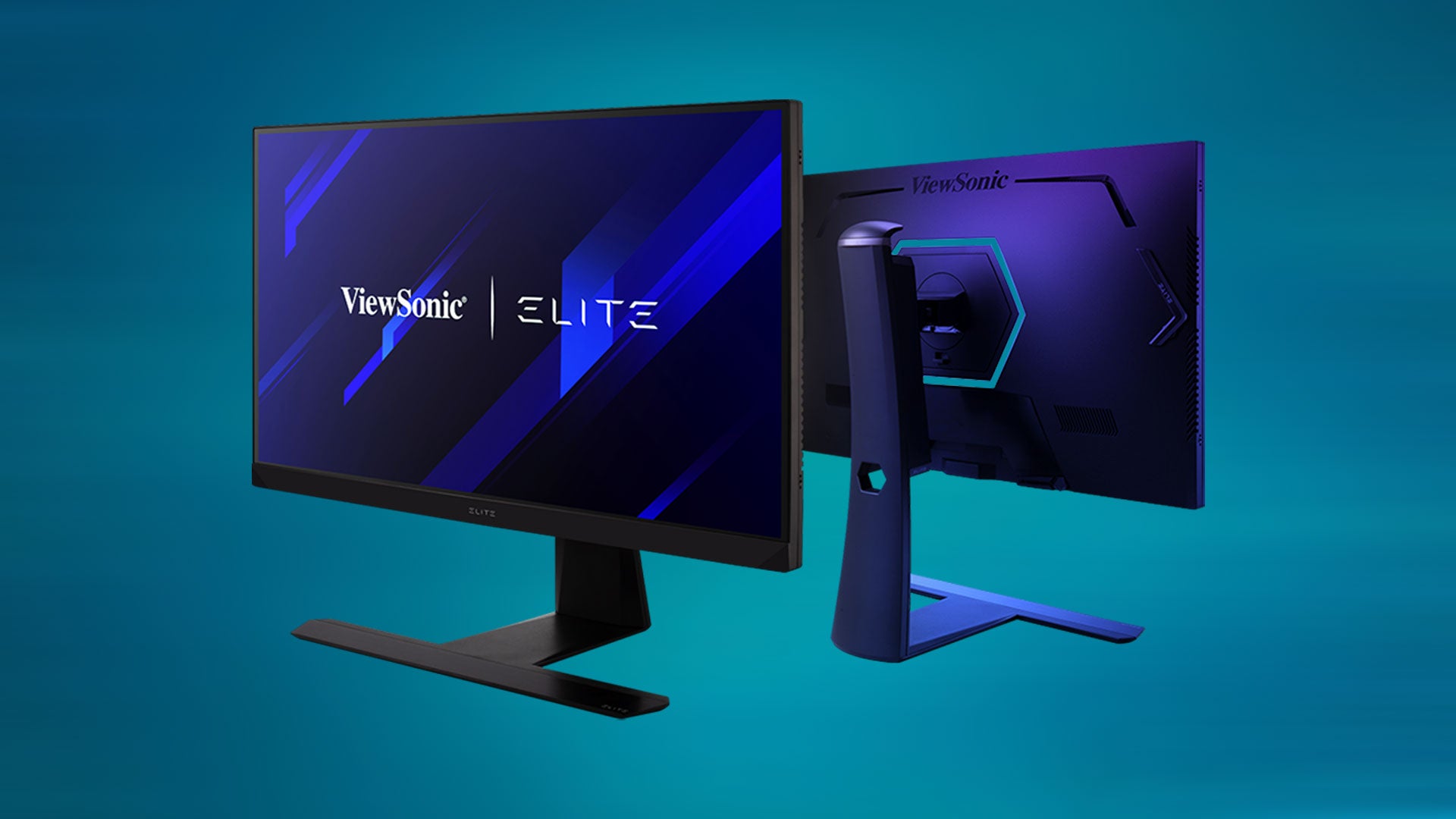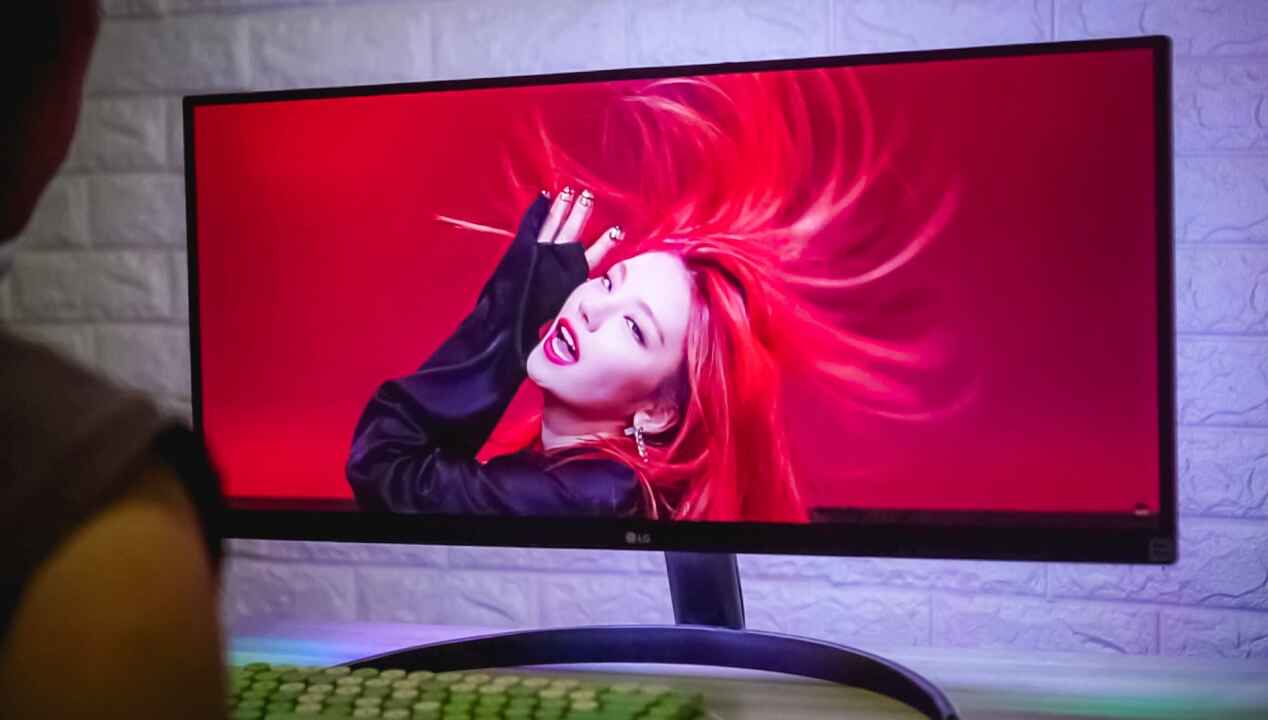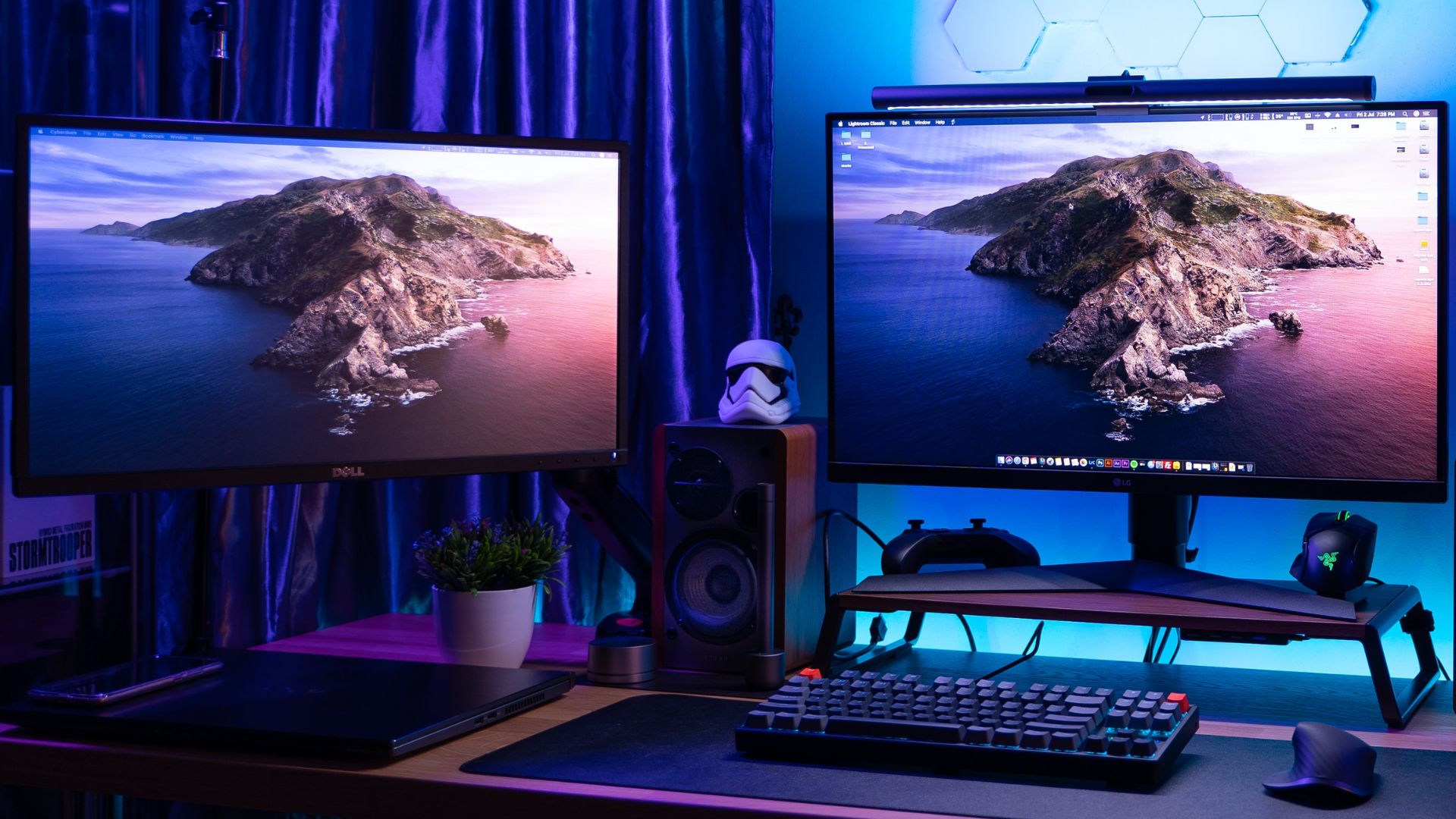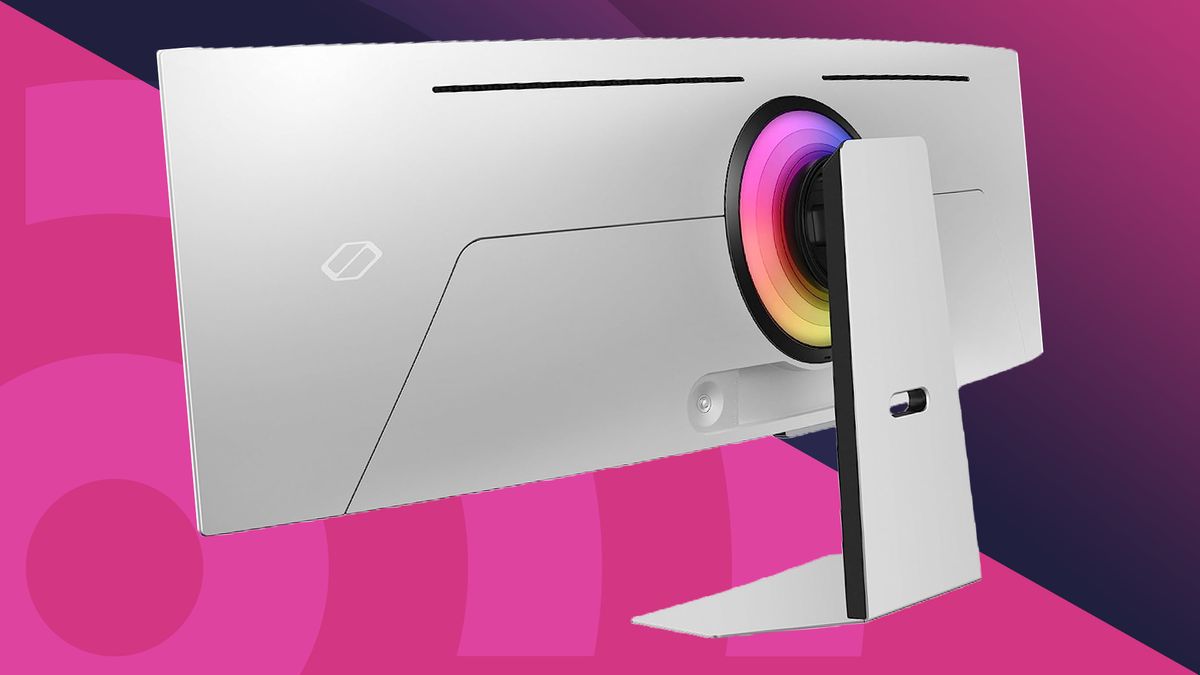Introduction
Welcome to this guide on how to adjust the brightness on an LG Ultrawide monitor. Whether you are a creative professional, a gamer, or someone who simply enjoys crisp, vivid visuals, being able to customize your monitor’s brightness is essential for achieving the optimal viewing experience.
LG Ultrawide monitors are renowned for their wide aspect ratios, immersive screen real estate, and stunning image quality. However, even the best monitors can benefit from adjustments to brightness settings to suit individual preferences and ambient lighting conditions.
Understanding how to adjust the brightness of your LG Ultrawide monitor will enable you to enhance clarity, reduce eye strain, and display visuals in their truest colors. In this guide, we will explore various methods to adjust brightness, from using the on-screen menu (OSD) to utilizing the joystick button on the monitor.
Additionally, we will cover how to adjust brightness using third-party color calibration software, which offers advanced options for fine-tuning your display settings. And in case you encounter any issues along the way, we will also provide troubleshooting tips to help you resolve any brightness-related problems you may face.
So, whether you are a seasoned LG Ultrawide monitor user or a newcomer looking to harness the full potential of your display, this guide will equip you with the knowledge and tools to adjust your monitor’s brightness to suit your specific needs and preferences.
Understanding Display Terminology
Before diving into the different methods of adjusting brightness on your LG Ultrawide monitor, it’s essential to familiarize yourself with some key display terminology. Understanding these terms will help you better comprehend the impact of brightness adjustments on your viewing experience.
1. Brightness: Brightness refers to the overall intensity or luminance of the display. It determines how bright or dark the image appears on the screen. Increasing the brightness makes the image appear brighter, while decreasing it makes the image darker.
2. Contrast: Contrast relates to the difference between the lightest and darkest areas of an image. Adjusting contrast affects the range of grayscale that can be displayed, enhancing the distinction between colors and making the image appear more vibrant and lifelike.
3. Backlight: The backlight is the light source behind the LCD panel that illuminates the screen. It plays a crucial role in determining the overall brightness of the display. Most LG Ultrawide monitors utilize LED backlighting technology, which offers energy efficiency and consistent lighting across the screen.
4. Gamma: Gamma represents the relationship between the input signal and the brightness levels displayed on the monitor. Adjusting gamma can influence the overall contrast and the visibility of details in dark or bright areas of an image.
5. Color Temperature: Color temperature measures the hue of white light emitted by the display. It is measured in Kelvin (K). Lower color temperatures, such as 4000K, produce warmer or more yellowish tones, while higher color temperatures, such as 6500K or 7500K, produce cooler or bluish tones.
6. Uniformity: Uniformity refers to how evenly the display’s brightness and color are distributed across the screen. Uneven brightness or color can result in visual inconsistencies, which can affect the overall viewing experience.
By understanding these display terminology, you will be better equipped to make informed decisions when adjusting the brightness settings on your LG Ultrawide monitor. Now let’s explore the different methods available to tweak brightness to your desired levels.
Adjusting Brightness Using the On-Screen Menu (OSD)
The on-screen menu (OSD) is a built-in feature on LG Ultrawide monitors that allows you to access and adjust various settings, including brightness. Here’s how you can use the OSD to adjust the brightness on your monitor:
- Press the Menu button on your monitor to open the OSD.
- Use the navigation buttons (typically located next to the Menu button) to navigate through the OSD options.
- Locate the Brightness option and select it.
- Adjust the brightness level using the navigation buttons. Increase the brightness by moving the slider to the right, or decrease it by moving the slider to the left.
- Once you’ve set the desired brightness level, press the OK or Enter button to save the changes.
It’s important to note that the exact steps may vary slightly depending on the model of your LG Ultrawide monitor. However, most monitors follow a similar navigation and menu structure.
Using the OSD to adjust brightness gives you direct control over the display’s settings. It allows you to fine-tune the brightness levels to your liking, ensuring optimal visibility and comfort.
Additionally, many LG monitors offer preset display modes (such as Standard, Cinema, Game, or Reading) in the OSD. These modes may have preconfigured brightness settings tailored to specific use cases. Exploring these modes can be a convenient way to quickly adjust brightness based on your current activity or preference.
Next, let’s explore another method to adjust brightness on your LG Ultrawide monitor using the joystick button.
Adjusting Brightness Using the Joystick Button
In addition to using the on-screen menu (OSD) to adjust brightness, many LG Ultrawide monitors come equipped with a joystick button on the back or bottom of the display. This joystick button allows for quick and convenient adjustments to brightness. Follow these steps to adjust brightness using the joystick button:
- Locate the joystick button on your LG Ultrawide monitor. It is typically positioned beneath or at the back of the display.
- Press the joystick button to enter the quick settings menu.
- Use the joystick to navigate to the brightness settings option. This could be labeled as “Brightness,” “Brightness/Contrast,” or something similar.
- Once you have selected the brightness option, use the joystick to adjust the brightness level. Push the joystick upwards to increase brightness or downwards to decrease it.
- As you make adjustments, the changes will be reflected on the screen in real-time.
- Once you are satisfied with the brightness level, press the joystick button to confirm and save the changes.
The joystick button provides a convenient and immediate way to adjust brightness without the need to navigate through on-screen menus. It offers a more intuitive and seamless user experience, especially for those who prefer physical controls.
It’s worth noting that some LG Ultrawide monitors may offer additional customization options through the joystick button, such as presets for different brightness levels or quick access to other display settings. Exploring the capabilities of the joystick button can help you optimize your viewing experience according to your preferences.
Now that we have covered adjusting brightness using the joystick button, let’s move on to another method that involves third-party color calibration software.
Adjusting Brightness Using Third-Party Color Calibration Software
While the on-screen menu (OSD) and the joystick button are convenient ways to adjust brightness on your LG Ultrawide monitor, using third-party color calibration software can provide even more advanced options and precise control over your display settings. Here’s how you can adjust brightness using third-party color calibration software:
- Research and choose a reliable color calibration software that is compatible with your LG Ultrawide monitor.
- Download and install the selected color calibration software on your computer.
- Launch the software and follow the on-screen instructions to calibrate your monitor.
- Within the color calibration software, locate the brightness adjustment settings.
- Adjust the brightness slider or enter specific values to set your desired brightness level. Some software may provide additional options such as a gamma adjustment for further customization.
- After making the necessary adjustments, save the changes within the software.
Using third-party color calibration software offers a high degree of precision and flexibility in adjusting brightness levels on your LG Ultrawide monitor. It allows you to optimize your display settings according to your specific needs and preferences, ensuring the most accurate representation of colors and visuals.
Furthermore, color calibration software often provides additional features such as color correction, contrast adjustment, and color profile management. This allows you to fine-tune your monitor’s settings to achieve the best possible image quality for your professional tasks, creative projects, or gaming sessions.
Keep in mind that different color calibration software may have varying interfaces and tools. It’s essential to consult the software’s user guide or documentation for specific instructions on adjusting brightness and other display settings.
Now that you’re familiar with adjusting brightness using third-party color calibration software, let’s move on to the next section, where we will address potential troubleshooting steps for brightness issues.
Troubleshooting Brightness Issues
While adjusting brightness on your LG Ultrawide monitor is usually a straightforward process, you may encounter occasional issues that affect the display’s brightness. Here are some troubleshooting steps to help you overcome common brightness-related problems:
1. Check the Power Source: Ensure that your monitor is securely connected to a stable power source. Unstable power supply or loose connections can cause abnormal brightness levels.
2. Adjust Ambient Lighting: Brightness perception can be affected by the surrounding lighting conditions. If the room is too bright or too dark, it can make the monitor’s brightness appear incorrect. Adjust the ambient lighting to achieve a balanced viewing environment.
3. Update Graphics Drivers: Outdated or incompatible graphics drivers can impact display settings, including brightness. Check for the latest graphics drivers for your computer and install any available updates.
4. Reset Monitor Settings: If you’ve made multiple adjustments to your monitor’s settings and are experiencing unusual brightness, consider resetting the monitor to its factory default settings. Refer to your monitor’s user manual for instructions on how to perform a factory reset.
5. Run Monitor Diagnostics: Some LG monitors have built-in diagnostics tools that can help identify and resolve issues. Use these diagnostics tools, if available, to detect and troubleshoot brightness-related problems.
6. Contact Customer Support: If the brightness issues persist despite attempting the above steps, it may be necessary to reach out to LG’s customer support. They can provide further guidance and assistance in resolving the problem.
Remember, troubleshooting brightness issues can vary depending on your specific monitor model and the underlying causes of the problem. Consulting the user manual or contacting customer support can provide more tailored solutions.
By following these troubleshooting steps, you can resolve common brightness issues and ensure that your LG Ultrawide monitor delivers optimal visual performance.
Now, armed with the knowledge of adjusting brightness and troubleshooting, you can optimize your viewing experience on your LG Ultrawide monitor. Let’s conclude this guide with a recap of what we’ve covered.
Conclusion
Adjusting the brightness on your LG Ultrawide monitor is crucial for achieving the optimal viewing experience. Whether you prefer using the on-screen menu (OSD), the joystick button, or third-party color calibration software, you have various options available to customize the brightness settings to your liking.
By understanding display terminology like brightness, contrast, backlight, gamma, color temperature, and uniformity, you can make informed decisions while adjusting the brightness on your monitor. This knowledge empowers you to optimize your display settings and improve your overall viewing experience.
Using the on-screen menu (OSD) provides direct control over brightness settings, while the joystick button offers a more convenient and intuitive physical interface. Third-party color calibration software takes customization to the next level, allowing for advanced adjustments and precise control over brightness and other display settings.
Should you encounter any issues, troubleshooting steps such as checking the power source, adjusting ambient lighting, updating graphics drivers, resetting monitor settings, running diagnostics, and contacting customer support can help resolve common brightness-related problems.
With your newfound understanding and the tools at your disposal, you can now confidently adjust the brightness on your LG Ultrawide monitor to suit your specific needs, whether you are a creative professional, a gamer, or someone who appreciates vivid and comfortable visual experiences.
So go ahead, explore the different methods, experiment with the brightness settings, and immerse yourself in the stunning visuals that your LG Ultrawide monitor has to offer.







